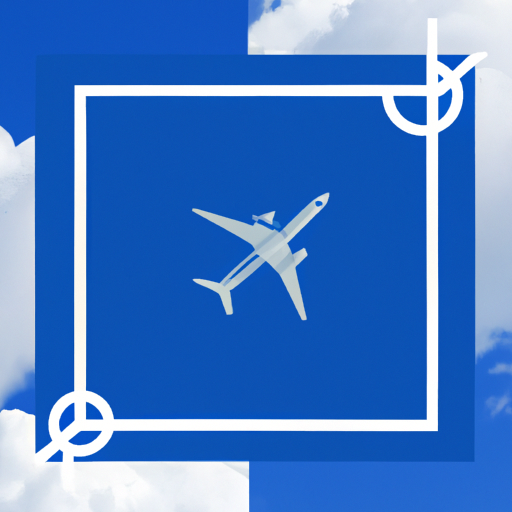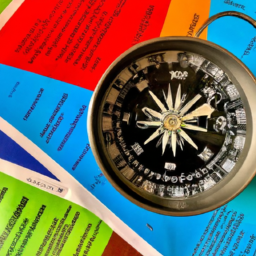Airline Industry Trends
In the fast-paced world of aviation, the airline industry is constantly evolving, adapting to new technologies, and facing unforeseen challenges. From changes in customer preferences to the impact of global events, the airline industry is always on the move. In this article, we will explore some of the most intriguing and relevant trends shaping the airline industry today. Strap in and get ready to soar through the captivating world of airline industry trends.
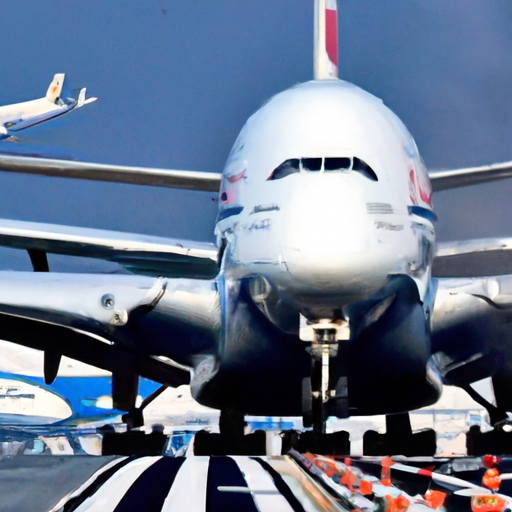
Table of Contents
1. Introduction
The airline industry is constantly evolving, keeping up with the latest technological advancements, sustainable practices, changing demographics, and enhanced safety measures. These factors, along with the impact of COVID-19, regulatory changes, and the emergence of niche markets and routes, are shaping the future of air travel. In this article, we will explore each of these trends in detail, highlighting their significance and potential impact on the industry.
2. Technological Advancements
2.1 Biometric Technology
Biometric technology is revolutionizing the way airlines handle passenger identification and authentication. By using fingerprints, facial recognition, and iris scans, airports can streamline the check-in process, reduce boarding time, and enhance security. Biometric data can also be used to personalize the travel experience, making it more convenient and efficient for passengers.
2.2 Artificial Intelligence
Artificial Intelligence (AI) is being employed by airlines to optimize various processes, such as flight scheduling, customer service, and maintenance. Chatbots powered by AI can provide instant assistance to customers, while predictive analytics help airlines anticipate and prevent operational disruptions. AI is also being used to enhance in-flight entertainment systems and improve fuel efficiency through better route planning.
2.3 Internet of Things
The Internet of Things (IoT) enables airlines to connect various devices and systems, creating a network that enhances safety, efficiency, and customer experience. IoT sensors can monitor aircraft equipment and predict maintenance needs, ensuring aircraft are in optimal condition. Passengers can also benefit from IoT-enabled services, such as real-time baggage tracking and personalized travel recommendations based on their preferences.
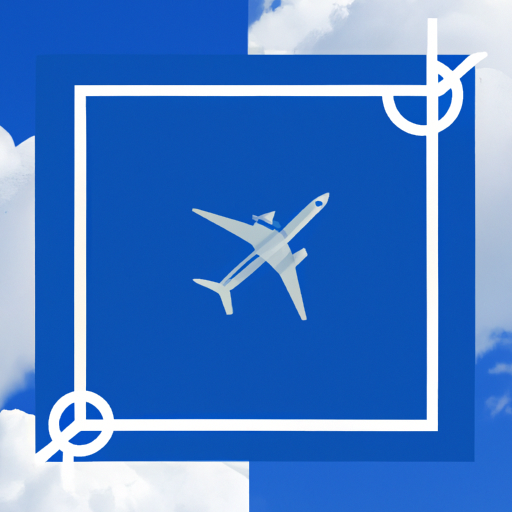
3. Sustainable Practices
3.1 Alternative Fuels
The aviation industry is actively exploring alternative fuels, such as biofuels and hydrogen, to reduce its carbon footprint. Biofuels made from sustainable sources can significantly lower greenhouse gas emissions compared to conventional jet fuel. Additionally, the development of hydrogen-powered aircraft holds great promise for a greener and more sustainable future for air travel.
3.2 Carbon Offsetting
To mitigate the environmental impact of air travel, airlines are increasingly adopting carbon offset programs. These programs allow passengers to voluntarily compensate for their carbon emissions by investing in projects that reduce greenhouse gas emissions elsewhere, such as reforestation or renewable energy projects. Carbon offsetting allows airlines and passengers to take responsibility for their environmental impact.
3.3 Energy-Efficient Technologies
Airlines are investing in energy-efficient technologies to reduce fuel consumption and improve operational efficiency. Upgrades to aircraft engines, lighter materials, and improved aerodynamics contribute to significant fuel savings. Additionally, the use of electric ground vehicles and implementing energy-efficient practices within airline operations further contribute to sustainable practices.
4. Customer Experience
4.1 Personalization
In an era of personalized experiences, airlines are leveraging data analytics to tailor services and offerings to individual passenger preferences. From customized in-flight meals based on dietary requirements to personalized entertainment recommendations, airlines are placing a greater emphasis on understanding and meeting the unique needs of their passengers, enhancing the overall travel experience.
4.2 In-Flight Entertainment
With the advancement of technology, in-flight entertainment has undergone a significant transformation. Passengers can now enjoy a wide range of entertainment options, from on-demand movies and TV shows to streaming services and interactive games. Some airlines have also introduced virtual reality (VR) and augmented reality (AR) experiences to provide a more immersive and engaging entertainment experience.
4.3 Connectivity
In an increasingly connected world, passengers expect seamless connectivity throughout their travel journey. Airlines are responding to this demand by offering onboard Wi-Fi and implementing advanced satellite systems that provide reliable and high-speed internet access. This allows passengers to stay connected, work, and entertain themselves during their flights, enhancing overall customer satisfaction.
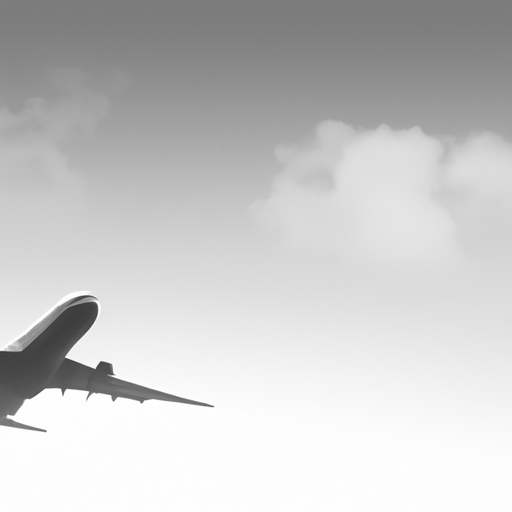
5. Airline Alliances
5.1 Global Networks
Airlines are increasingly forming global alliances to expand their route networks and offer passengers a wider range of destinations. These alliances enable airlines to cooperate on code-sharing, joint marketing, and harmonized frequent flyer programs, providing travelers with more convenience and choice. Global networks also facilitate improved flight connections and seamless travel experiences for passengers.
5.2 Code-Sharing
Code-sharing agreements between airlines enable passengers to travel on multiple airlines using a single ticket. This allows airlines to offer more routes and frequencies, while passengers benefit from increased flexibility and convenience. Code-sharing agreements also lead to operational efficiencies, such as reducing the number of empty seats and optimizing flight schedules.
5.3 Frequent Flyer Programs
Frequent flyer programs have long been a key component of airline loyalty strategies. These programs reward passengers with miles or points based on their travel with a specific airline or alliance. Passengers can then redeem these miles for various benefits, such as free flights, upgrades, or access to airport lounges. Frequent flyer programs cultivate customer loyalty and incentivize repeat business.
6. Changing Demographics
6.1 Millennial Travelers
Millennial travelers have emerged as a significant force in the airline industry. Known for their desire for authentic experiences and new destinations, airlines are adapting their offerings to cater to this demographic. From unique travel packages to personalized marketing campaigns, airlines are targeting millennials through social media, online platforms, and experiential offerings.
6.2 Rise in Solo Travel
Solo travel has gained popularity in recent years, with an increasing number of passengers opting to explore the world on their own. Airlines are responding to this trend by providing solo traveler-friendly services, such as dedicated seating options, tailored in-flight entertainment, and socializing opportunities. Some airlines also offer packages and incentives specifically designed for solo travelers.
6.3 Aging Population
With the global population aging, airlines are paying more attention to the needs and preferences of older travelers. From assistance with mobility and accessibility features to specialized medical services and tailored onboard experiences, airlines are striving to create a comfortable and inclusive travel environment for senior passengers.
7. Enhanced Safety Measures
7.1 Improved Security Procedures
In response to evolving security threats, airlines have implemented enhanced security procedures to ensure the safety of passengers and crew. This includes advanced screening technologies, such as body scanners and explosive detection systems, as well as stricter identity verification processes. Airlines also collaborate with law enforcement agencies and intelligence organizations to stay ahead of emerging threats.
7.2 Emergency Preparedness
Airlines prioritize emergency preparedness to effectively respond to unforeseen events, such as natural disasters or terrorist attacks. Robust emergency response plans, comprehensive training programs for cabin crew and ground staff, and advanced communication systems are crucial in maintaining the safety and well-being of passengers during emergencies. Airlines work closely with regulatory authorities to continuously enhance emergency preparedness measures.
7.3 Health and Sanitation Protocols
The COVID-19 pandemic has brought health and sanitation protocols to the forefront of the airline industry. Airlines have implemented rigorous cleaning procedures, enhanced air filtration systems, and introduced contactless check-in and boarding processes. Additionally, health screenings, such as temperature checks and mandatory face mask requirements, have become common practice to ensure the safety of passengers and prevent the spread of infectious diseases.
8. Impact of COVID-19
8.1 Travel Restrictions
The COVID-19 pandemic has had a significant impact on the airline industry, resulting in travel restrictions, border closures, and reduced passenger demand. Governments around the world have implemented travel bans and quarantine measures to control the spread of the virus. This has led to a severe decline in air travel and posed significant challenges for airlines in terms of revenue, operational viability, and workforce management.
8.2 Shift in Consumer Behavior
The pandemic has also caused a shift in consumer behavior, with passengers prioritizing health and safety when making travel decisions. Travelers are now more conscious of hygiene practices, social distancing measures, and flexible booking options. As a result, airlines have adapted by implementing stringent health and safety protocols and offering flexible ticket policies to instill confidence in passengers and encourage travel.
8.3 Financial Challenges
The unprecedented nature of the COVID-19 pandemic has presented significant financial challenges for the airline industry. With the decline in passenger demand and revenue, airlines have faced cash flow issues, increased debt levels, and operational disruptions. Many airlines have had to seek government bailouts, lay off employees, and implement cost-cutting measures to survive the financial impact of the pandemic.
9. Niche Markets and Routes
9.1 Low-Cost Carriers
Low-cost carriers have gained popularity due to their affordable fares and simplified service offerings. These airlines cater to budget-conscious travelers, offering no-frills flights with optional add-ons. Low-cost carriers often focus on short-haul routes, targeting leisure travelers and price-sensitive business travelers. They have successfully disrupted traditional airline business models and expanded air travel accessibility.
9.2 Long-Haul Flights
Long-haul flights have become more prevalent, thanks to advancements in aircraft technology and changing traveler preferences. Airlines are introducing non-stop long-haul routes, eliminating the need for layovers and reducing travel time. Increasing numbers of passengers are willing to undertake long-haul flights to reach their desired destinations in a more convenient and time-efficient manner.
9.3 Regional Connectivity
Regional connectivity has become a key focus for airlines as they seek to tap into emerging markets and meet the demands of travelers seeking convenient connections to secondary destinations. By expanding their networks and offering more regional routes, airlines can cater to the increasing travel needs of customers who prefer direct flights or more accessible connections.
10. Regulatory Changes
10.1 Open Skies Agreements
Open Skies agreements are bilateral or multilateral agreements between countries that liberalize international air travel and promote competition. These agreements eliminate government interference in commercial decisions related to routes, flight frequencies, and pricing. Open Skies agreements have led to increased airline competition, lower fares, and expanded route options for travelers.
10.2 Environmental Regulations
Environmental regulations have become more stringent, placing increased pressure on airlines to reduce their greenhouse gas emissions and adopt sustainable practices. Airlines are subject to emissions trading schemes, carbon pricing initiatives, and reporting requirements. This has led to the development of more fuel-efficient aircraft, the use of alternative fuels, and carbon offset programs to minimize the environmental impact of air travel.
10.3 Labor Laws
Labor laws and regulations in the airline industry govern various aspects, including working hours, rest periods, and employment conditions for airline employees. These regulations aim to ensure the safety, well-being, and fair treatment of airline workers. Compliance with labor laws is crucial for airlines to maintain a healthy and productive workforce and foster positive employee relations.
In conclusion, the airline industry is evolving on multiple fronts, driven by technological advancements, sustainable practices, changing demographics, enhanced safety measures, the impact of COVID-19, niche markets, and regulatory changes. These trends are shaping the future of air travel, making it more convenient, sustainable, and customer-centric. As the industry continues to adapt and innovate, passengers can expect a more personalized, seamless, and enjoyable travel experience.
